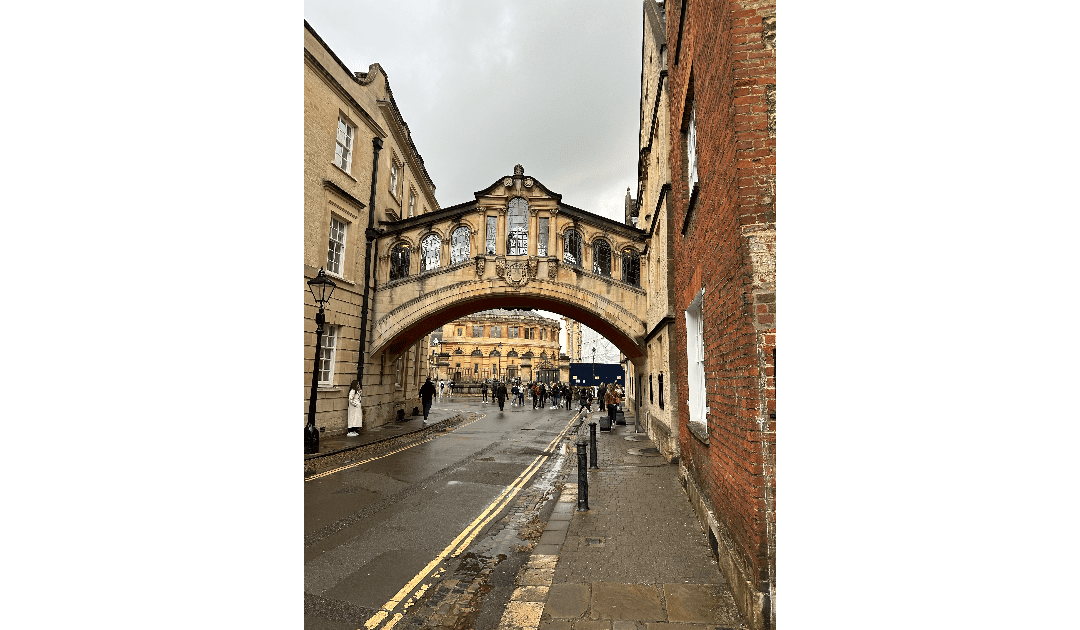A recent post was about Cambridge, so I thought I’d redress the balance and revisit Oxford. Simon de Montfort died on the 4th August 1265. When I collected my MA degree at a ceremony in the Sheldonian Theatre, I had to swear several oaths in Latin. I recall that one of them was never to admit Simon de Montfort, or his descendants, within the precincts of the university. I’m not sure what beef Oxford had with him. Perhaps the king had put pressure on Oxford. I can’t be completely sure about the oath, it was over half a lifetime ago. But here’s what I’ve discovered about Simon de Montfort.
Simon de Montfort was born into a noble family of French origin. His father, also named Simon de Montfort, was a renowned military commander, and his mother, Amicia de Beaumont, was a descendant of English royalty. As a young man, Simon de Montfort inherited his father’s military skills and demonstrated remarkable intelligence and charisma.
In 1238, Simon married Eleanor of England, the sister of King Henry III. This marriage not only solidified his position within the English nobility but also provided him with valuable connections to the royal court. However, as time went on, Simon’s relationship with the king became strained due to Henry’s ineffective governance and extravagant spending.
Simon de Montfort’s discontent with Henry’s rule reached its tipping point in 1258 when he became a leading figure in the baronial reform movement. Alongside other powerful barons, Simon demanded the implementation of the Provisions of Oxford, which aimed to limit the king’s powers and establish a system of checks and balances. This marked a significant step towards the development of parliamentary representation in England.
In 1264, the conflict between Simon de Montfort and King Henry III escalated into the Second Barons’ War. Simon led a coalition of rebellious barons against the royal forces, scoring a decisive victory at the Battle of Lewes in 1264. As a result, he became the de facto ruler of England, establishing a revolutionary form of government known as the “Montfortian regime.”
Under Simon’s leadership, the Montfortian regime implemented sweeping reforms, including the summoning of the first parliament to represent not only the nobility but also the emerging middle class. This parliament, known as the “Mad Parliament,” marked a significant milestone in the development of representative government in England.
However, Simon de Montfort’s hold on power was short-lived. In 1265, he faced a counteroffensive led by Prince Edward, Henry III’s son. At the Battle of Evesham, Simon and his forces were defeated, and he was killed in the midst of the fighting. Despite his ultimate defeat, Simon de Montfort’s contributions to English history cannot be overstated.
Simon de Montfort’s legacy lives on through his lasting impact on the development of parliamentary representation. His efforts laid the groundwork for subsequent advancements in English governance, paving the way for the establishment of a constitutional monarchy. His influence can be seen in the Magna Carta, the Petition of Right, and ultimately, the Glorious Revolution of 1688.

